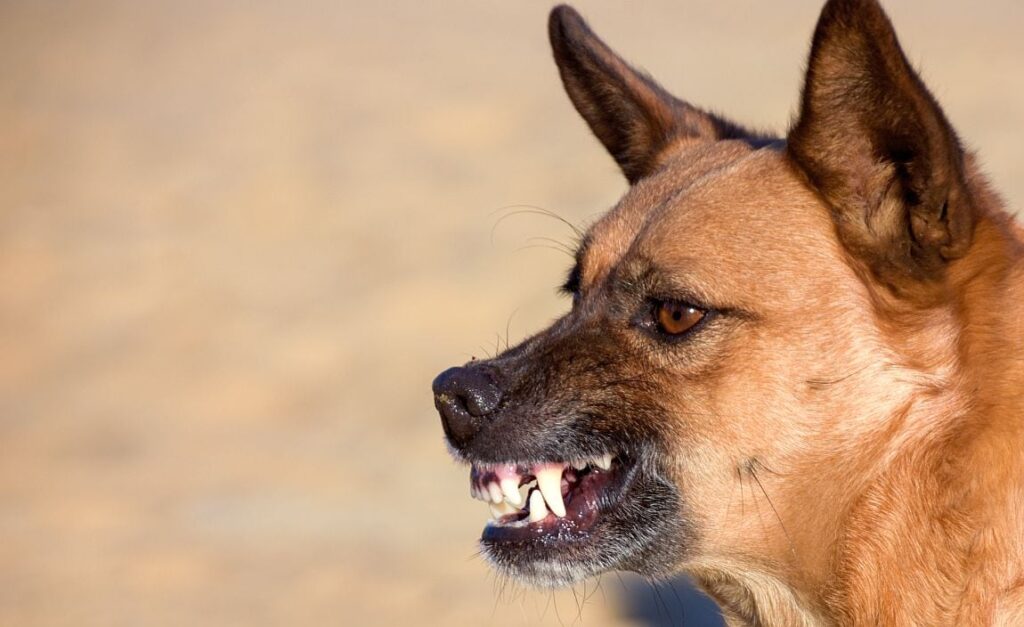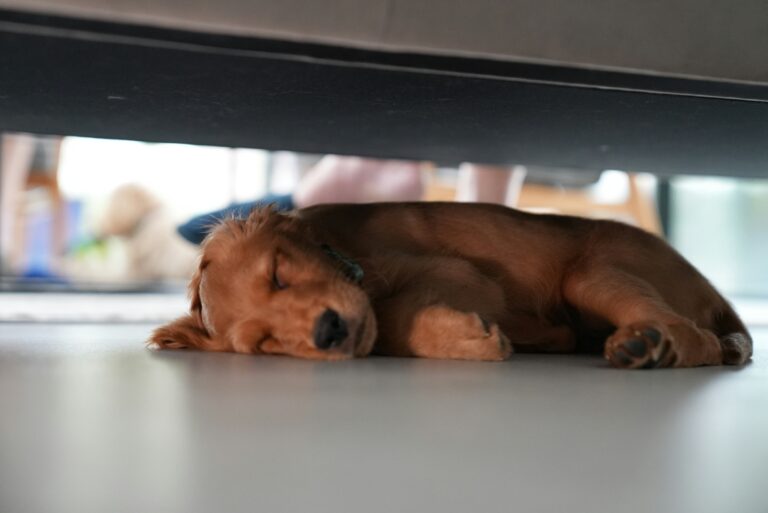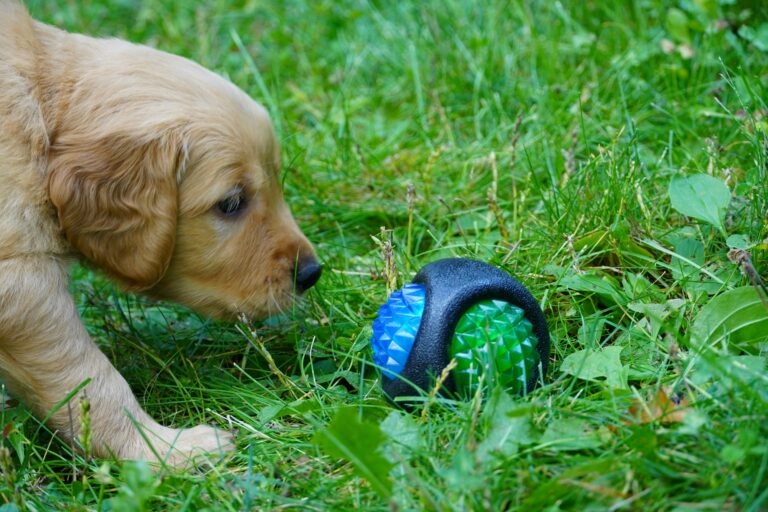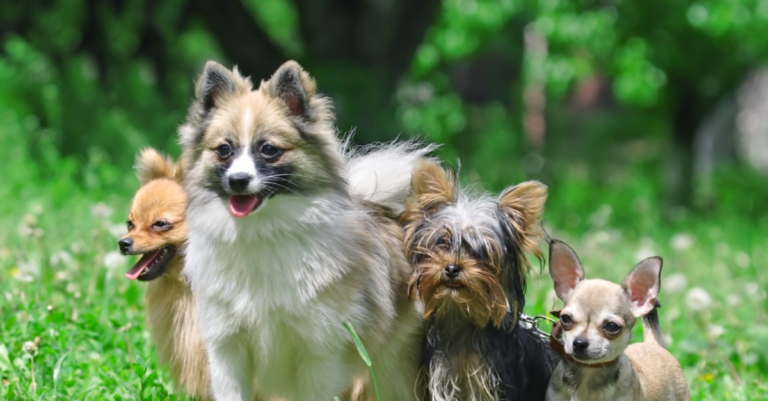Introducing the pint-sized, power-packed bundles of love – mini pooches. While they captivate hearts with their adorable looks, managing their sudden bouts of aggression can be quite a challenge. The subsequent discussion will reveal expert tips on taming such aggressive behavior and help foster a peaceful coexistence.
The focus of this discourse is on understanding the roots of such aggression. It is essential to remember that aggression is not an inherent trait but rather a consequence of certain triggers. Expert insight will guide pet parents through identifying and dealing with these triggers, thereby ensuring a safe and loving environment for their petite pals.

Furthermore, this piece will divulge techniques endorsed by animal behaviorists to manage and rectify aggressive behavior. These strategies range from basic commands and socialization to more advanced techniques like counter-conditioning. Implementing these methods can result in a noticeable change in your mini pooch’s demeanor.
Lastly, the discussion will emphasize the importance of patience and consistency in this journey. Taming aggression is not an overnight process but with persistence and the right guidance, your mini pooch can emerge a calmer and happier companion. So gear up for an enlightening journey of transforming your tiny but feisty friend into a gentle and friendly pet.
Understanding Your Mini Pooch’s Aggression
When it comes to understanding the aggressive behavior of your mini pooch, it’s crucial to know that aggression is not a character trait, but rather a behavior reaction to a specific situation or stimulus. It is, therefore, crucial to identify the cause or trigger of this aggression. Triggers can include unfamiliar people or animals, certain situations, specific places, or even particular objects.
By observing your pooch’s behavior and noting when they become aggressive, you can start to understand what may be causing their aggression. Once the triggers are identified, you can use several strategies to manage and eventually diminish their aggressive behavior. However, it’s important to remember that managing aggression is not about punishment, but about teaching your pooch to behave differently.
Establishing a Healthy Routine
One of the most effective ways of managing aggression in mini pooches is by establishing a healthy routine. This includes a regular feeding schedule, plenty of exercise, and consistent training sessions.

Regular Feeding Schedule
A regular feeding schedule is crucial as it ensures your pooch is well-nourished and reduces their aggression related to hunger. The ideal feeding schedule depends on your pooch’s age, health status, and breed. Consulting with your vet can help you establish a suitable feeding schedule.
Exercise and Playtime
Exercise plays a significant role in managing aggression in dogs. A tired dog is usually a well-behaved dog. Therefore, ensure that your mini pooch gets enough exercise to burn off their excess energy. This could be in the form of walks, playtime, or engaging in activities that stimulate their minds, such as puzzle toys.
Consistent Training Sessions
Consistent training sessions are vital in managing your mini pooch’s aggression. Training should include obedience training, socialization, and behavior modification exercises. When training your pooch, remember to use positive reinforcement techniques such as treats, praises, or toys.
Behavioral Training Techniques to Address Aggression
Implementing targeted behavioral training is one of the most practical ways to reduce aggression in mini pooches. While obedience training lays the groundwork, addressing aggression specifically requires more focused efforts that go beyond basic commands. Behavioral training not only redirects aggressive behavior but also strengthens the bond between dog and owner.
Positive Reinforcement
Positive reinforcement remains the cornerstone of effective training. This approach focuses on rewarding desired behavior instead of punishing undesirable actions. When your mini pooch behaves calmly in situations that would normally trigger aggression, rewarding them with treats, praise, or affection can help reinforce that calm behavior.
The key is consistency. Each time your pooch displays an appropriate response, the reward should be immediate. Over time, they will learn that non-aggressive behavior earns them positive outcomes. This can be particularly helpful in reconditioning their response to stressful stimuli.
Desensitization and Counterconditioning
Two of the most widely used behavior modification methods are desensitization and counterconditioning. Desensitization involves exposing your dog to the trigger at a very low intensity and gradually increasing exposure as your dog becomes more comfortable. For instance, if your pooch reacts aggressively to strangers, you might begin by having them observe a stranger from a distance where they do not react. Over time, the distance can be decreased incrementally.
Counterconditioning involves changing your dog’s emotional response to a trigger. If your dog associates the sight of another dog with anxiety or fear, you can work to create a new, positive association by offering treats or engaging in play when the trigger appears.
Redirecting Aggressive Behavior
Redirecting involves capturing your mini pooch’s attention just before they react aggressively and offering them an alternative behavior. For example, if your dog growls when another dog approaches, you might redirect their attention by asking for a command like “sit” or “watch me,” and rewarding compliance. This shifts their focus away from the trigger and reinforces obedience.
Redirection works best when paired with early signs of arousal, before the dog escalates into full-blown aggression. Early detection of body language cues such as stiff posture, fixed staring, or raised hackles is essential.
Clicker Training
Clicker training is another useful tool for reinforcing good behavior. The clicker sound becomes a signal to your dog that they’ve done something right and a reward is coming. By using a clicker during calm interactions or non-aggressive encounters, you can condition your dog to repeat those behaviors.
Many small breed dogs respond well to clicker training due to its clarity and consistency. The clicker acts as a bridge between the behavior and the reward, which speeds up the learning process.
Socialization to Reduce Fear-Based Aggression
Socialization plays a crucial role in shaping a dog’s behavior, especially during the formative weeks of puppyhood. Fear-based aggression in mini pooches is often the result of inadequate socialization, leading them to perceive unfamiliar people or animals as threats.
Introducing New People and Pets
Start socialization in a controlled environment where your pooch feels safe. Invite calm, dog-friendly people to interact gently with your dog, using treats to encourage positive associations. Introducing your mini pooch to other dogs should also be gradual and supervised, beginning with calm dogs who are good at reading signals and responding appropriately.
Use of Dog Parks and Daycare
While dog parks can offer social opportunities, they can also be overwhelming. Not all dogs are good candidates for this environment, especially those who are reactive or easily overstimulated. A better alternative may be structured doggy daycare programs that offer small group settings under the supervision of trained staff.
Socialization Classes
Enroll your pooch in a socialization or basic manners class led by a professional dog trainer. These classes often use structured exercises to help dogs learn to interact appropriately with others, reducing fear and building confidence. The presence of a trainer also ensures that any signs of stress or escalation are quickly addressed.
Understanding the Role of Breed and Genetics
Some aggressive tendencies may be linked to a dog’s breed characteristics or genetic makeup. While it is unfair to stereotype any breed, certain behaviors—such as territorialism, protectiveness, or prey drive—may be more pronounced in specific breeds.
Recognizing Inherited Traits
Understanding your mini pooch’s breed-specific behavior can guide your training and management approach. For example, a Miniature Schnauzer may be more prone to barking or territorial behavior, while a Chihuahua might exhibit fear-based reactivity due to their naturally cautious temperament.
This doesn’t mean these behaviors cannot be managed—rather, that your training plan should account for breed tendencies and aim to redirect those instincts appropriately.
Health-Related Behavior Changes
Aggression can sometimes stem from physical discomfort or health issues. Chronic pain, vision or hearing loss, neurological disorders, or hormonal imbalances can all influence behavior. A sudden onset of aggression in a previously calm dog should always warrant a veterinary evaluation to rule out underlying medical causes.
Pain-related aggression often occurs when the dog is touched in a sensitive area, such as the hips or back. In such cases, medical treatment combined with modified handling strategies can significantly improve the dog’s behavior.
Safe Handling Techniques
When dealing with an aggressive mini pooch, knowing how to handle them safely is vital for both the dog’s and the owner’s safety. Using calm body language, avoiding direct eye contact, and speaking in a soft, even tone can prevent escalation.
Tools such as a head halter or harness may provide more control during walks and prevent lunging. However, avoid using choke collars or prong collars, as these can increase fear and aggression.
Crate Training and Safe Zones
Providing a safe space, such as a crate or a designated quiet area, allows your pooch to retreat when they feel overwhelmed. Crate training can be a helpful tool when introduced positively and used to provide rest, not punishment. It also ensures that your mini pooch has a predictable place to relax, reducing anxiety.
Handling During Vet Visits or Grooming
Mini pooches often show aggressive behavior during grooming or vet visits due to fear or past trauma. Conditioning them to enjoy handling through gentle touch and rewards can reduce fear. For example, touching their paws and rewarding them can prepare them for nail trimming.
Desensitization to grooming tools and mock vet check-ups at home can make these experiences less stressful. Using calming products such as pheromone sprays or anxiety wraps during appointments may also help ease their tension.
Lifestyle Adjustments to Support Behavioral Change
Creating a lifestyle that supports your mini pooch’s mental and emotional needs can go a long way in minimizing aggressive tendencies.
Predictable Routine
Dogs thrive on routine. Feeding, walking, training, and playtimes should occur at consistent times. Predictability gives them a sense of security and can reduce anxiety-driven aggression.
Mental Stimulation and Enrichment
Mental exercise is just as important as physical activity. Providing puzzle toys, scent games, or teaching new tricks can help expend mental energy. Boredom is a common trigger for behavioral problems, including aggression.
Reduce Stressors in the Home
A chaotic or loud household can increase anxiety in small dogs. Try to minimize exposure to stressors like yelling, loud music, or erratic schedules. If there are children in the home, teach them how to interact calmly and respectfully with the dog.
Natural Calming Aids
Some natural remedies may help reduce anxiety and aggression. Products containing calming herbs like chamomile or L-theanine, or pheromone diffusers designed for dogs, can be helpful when used alongside training.
Conclusion
In conclusion, the small size of your Mini Pooch does not necessarily equate to a small temperament. Quite the contrary, it could very well be a case of ‘Small but Mighty’. Taming aggression in your pet is not a one-time, quick fix but rather a consistent, ongoing process. Implementing expert tips such as early socialization, positive reinforcement, obedience training and consulting with a professional dog trainer can play pivotal roles in this process.
Remember, aggression in dogs, big or small, is often a reflection of their environment, upbringing and training. As owners, it’s vital to show understanding and patience. Every dog is unique and will respond differently to various training methods, so it’s essential to find what works best for your pet.
Addressing aggression effectively not only enhances your bond with your pooch but also ensures a happier, healthier and safer environment for both of you. Therefore, investing time, effort, and occasionally professional help in managing aggression is well worth the benefits you and your Mini Pooch stand to gain.
So, don’t underestimate your ‘Small but Mighty’ friend, they have the potential to be not just a well-behaved pet but also a loving and lovable companion. Their size may be small, but their hearts are big, and with the right guidance, they can thrive as confident, calm, and affectionate family members.
Ultimately, successful aggression management hinges on commitment. The journey may come with its share of challenges, but the rewards are abundant. When your mini pooch feels secure, understood, and supported, they can flourish both behaviorally and emotionally. Through love, patience, and structure, you can help them become the very best version of themselves.



